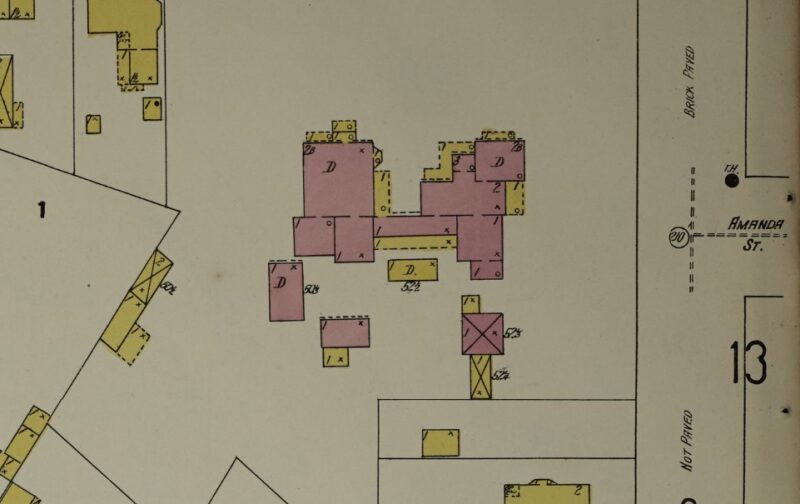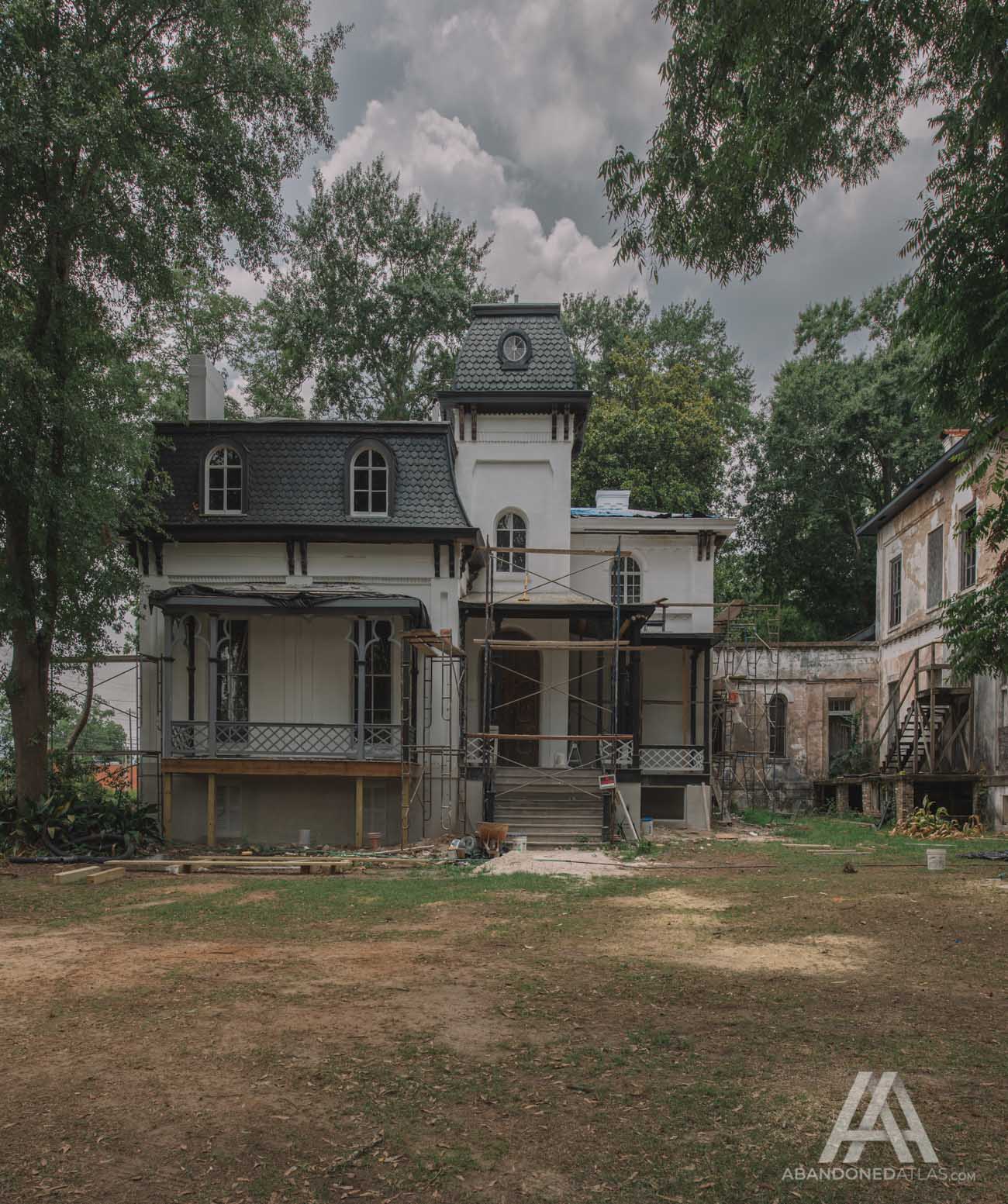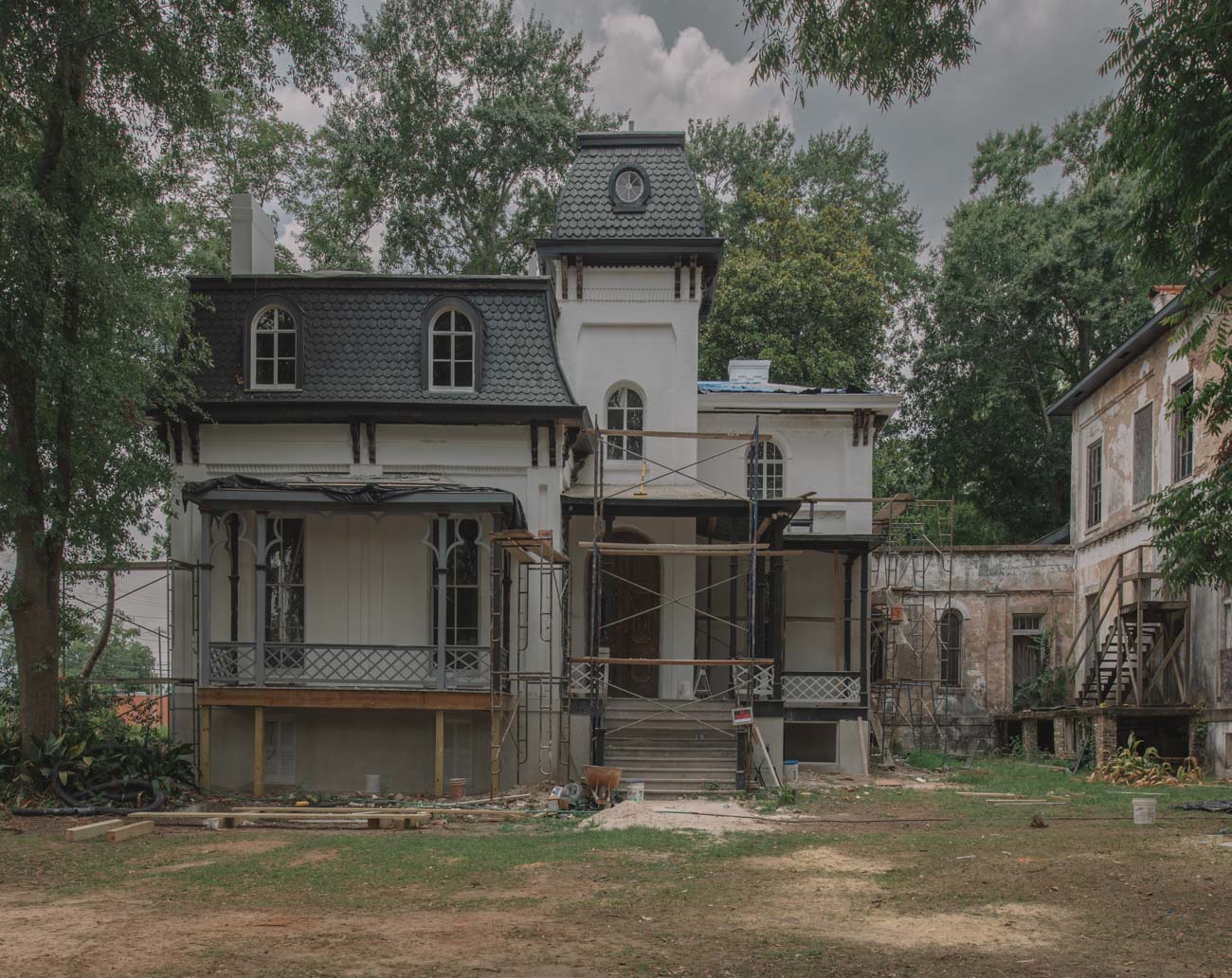| City/Town: • Montgomery |
| Location Class: • Residential |
| Built: • ~1850s | Abandoned: • 1990s |
| Historic Designation: • National Register of Historic Places (May 31, 2006) |
| Status: • Restored • Private Property |
| Photojournalist: • David Bulit |
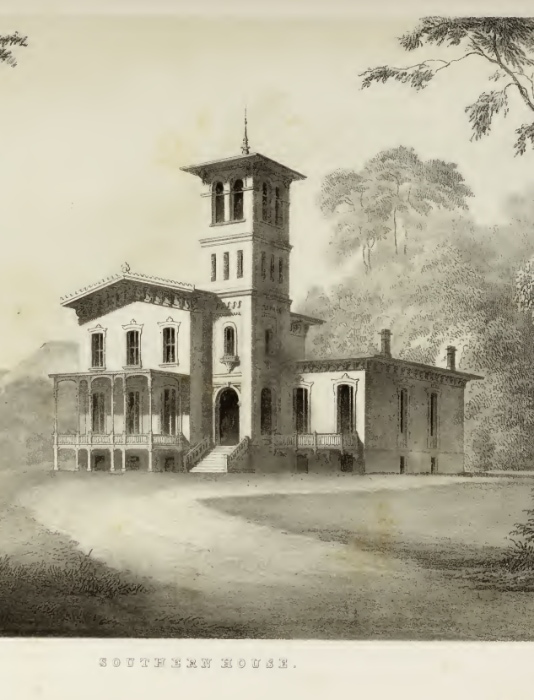
John Gano Winter was born in 1799 in New York City and settled in Augusta, Georgia years later. He married Lucinda Bennett and in 1821, gave birth to their son Joseph Samuel Winter. While living in Georgia, John Winter was Mayor of Columbus and president of the Bank of Saint Mary’s with branches in Augusta, Macon, and Columbus. In 1844, Joseph Winter moved to Montgomery, Alabama when a branch was established in the city, and married Mary Elizabeth Gindrat, daughter of banker and Montgomery’s first mayor, John Gindrat.
During the 1840s and 1850s, John and Joseph Winter founded and operated a large and diverse number of businesses. Their most significant business venture was the Winter Iron Works which achieved international recognition when a Winter-manufactured steam engine was awarded a silver medal at the 1853 World’s Fair at the New York Crystal Palace. Joseph Winter founded the J. S. Winter and Company banking firm and helped incorporate the Montgomery Gas Light Company.
In 1851, Joseph Winter built his first home on the northwest corner of Madison Avenue and North Perry Street, an Italianate villa designed by renowned architect Samuel Sloan. Italianate architecture was so popular in Montgomery that a newspaper reporter who visited the city in 1861 remarked that nearly every house in the city was constructed in this style. This house is thought to have been the earliest example of residential Italianate architecture in Alabama but unfortunately, it would later be demolished in 1919. Due to the National Panic of 1854, the Winters were forced to sell their house on Madison Avenue and subsequently purchased the Federal-style Freeman house at 301 Bibb Street. This house was remodeled by the Winter family around 1855 in the Italianate style and then sold to Colonel Edmond Harrison. In 1861, it was leased by the Confederate Government and became the home of Jefferson Davis and his family, now commonly referred to as the First House of the Confederacy.
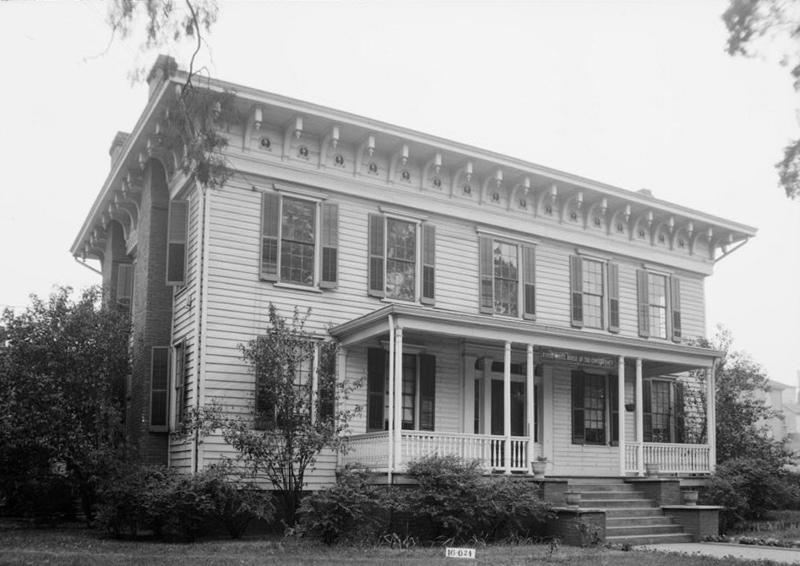
The property that Winter Place is situated on was first purchased in 1851 from George and Mildred Holcombe on the edge of the Cottage Hill District, just down the street from the Benjamin Winston Walker House. Construction began on the pair of Italianate-styled houses sometime in the late-1850s and it is widely believed to have been also designed by Samuel Sloan. The South House likely resembled a symmetrical Italianate residence until it was remodeled to its current appearance in 1870. The house’s tower was probably intended to resemble the tower of Joseph’s first house on Madison Avenue. It’s unsure why Joseph Winter had two houses built, but the most likely reason was that it was for his son, John Gindrat Winter, who was fifteen at the time construction began. According to the family, Scott Fitzgerald and Zelda Sayre were first introduced to each other at a tea party in the South House.
The Winters also owned the Italianate-style Winter Building in downtown Montgomery when Mary Elizabeth Gindrat inherited the building from her father in 1854. This building gained notoriety at the onset of the Civil War as it was home to the Southern Telegraph Company. It was here that LeRoy Pope Walker, the Confederate Secretary of War, sent a telegram to General P. G. T. Beauregard to fire upon Fort Sumter, starting the Battle of Fort Sumter and with that, the American Civil War.
During the Civil War, the lives of the Winter family were complicated by the fact that John Gano Winter was a staunch Unionist and left Montgomery for England in 1963, taking his granddaughters Lucy and Sallie Gindrat with him. There were rumors that Joseph Winter was also a Unionist but nonetheless, he served as a member of the Montgomery City Council during the Civil War. His son John Gindrat Winter fought for the Confederacy, serving as a Captain of an infantry unit. Like many southern families, the Winters suffered huge financial losses during the Civil War and Reconstruction. Records show that in 1860, Joseph’s real estate was valued at $40,000, while his wife’s real estate was valued at $80,000 and personal property valued at $60,000. By contrast, Joseph’s real estate and personal property were valued at $25,000 each in 1870, and the values of his wife’s property were not recorded.
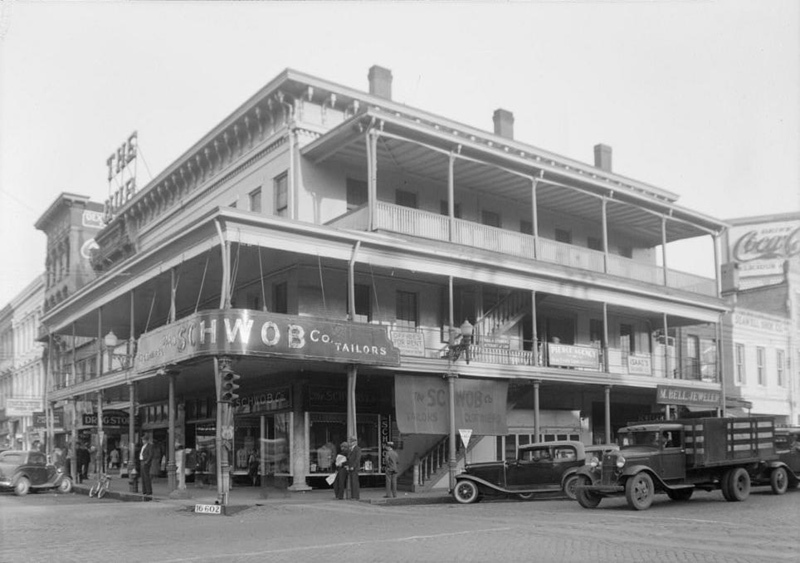
Following the war, the Winter family moved to New York where John Gano Winter died in December 1865. Joseph, who studied law in Montgomery in 1860, began practicing in New York immediately upon moving there. The Winters wouldn’t return to Alabama until 1869 when the Montgomery Advertiser reported that Joseph Winter, his son Judge John Gindrat Winter, and former Confederate congressman William Parish Chilton, formed a new law firm in Montgomery. Joseph and Mary Elizabeth Winter lived in the South House at Winter Place until their deaths in 1895 and 1896 respectively, while the complex’s North House was occupied by John Gindrat and his wife, Sarah Verdier Calhoun. Sarah Calhoun inherited the North House upon her husband’s death in 1904, and after leasing the house for many years, she sold it on November 7, 1945, to Jacob N. Leibovici.
Joseph’s daughter, Sallie Gindrat Winter, who married Robert Dinning Thorington in 1871, inherited the South House following her mother’s death in 1896. Sallie and her husband lived in the South House until her death in 1935 when the house was acquired by her daughter, Bessie May Thorington. Upon Bessie Thorington’s death in 1948, her nephew Joseph Winter Thorington Jr. inherited the house. Following the death of Jacob N. Leibovici in 1951, Joseph Winter Thorington Jr. purchased the North House from his wife, Rosa Leibovici, and he subsequently converted the two houses into apartments. Winter Place was used as an apartment complex until the mid-1990s when it was damaged during a series of hurricanes.
Following several decades of neglect, the complex was placed on the Alabama Historical Commission’s Places in Peril list in 2004. It was added to the Alabama Register of Landmarks and Heritage on September 25, 2005, and to the National Register of Historic Places on May 31, 2006. Winter Place was purchased by Craig Drescher who had a long-term plan to restore the buildings but after years of work, he decided to sell the property in 2016. The current owner has since restored the South House, though the North House remains in a dilapidated state.
